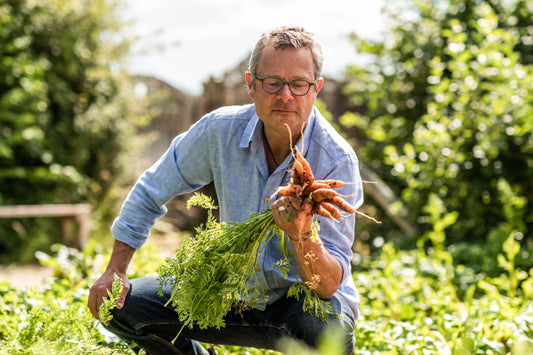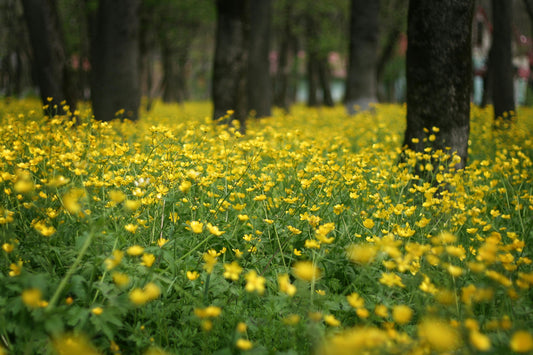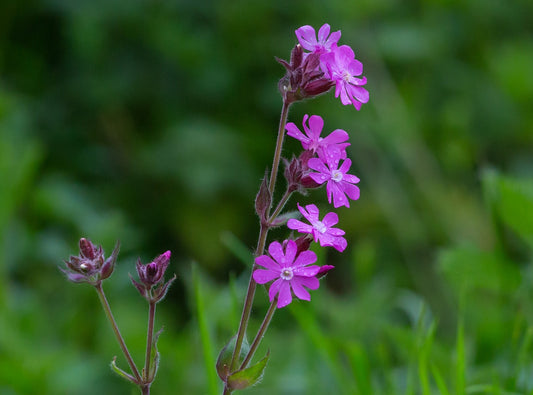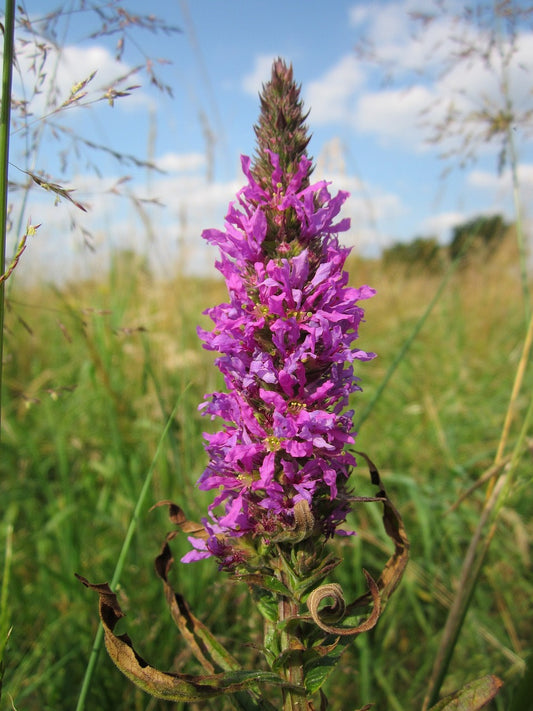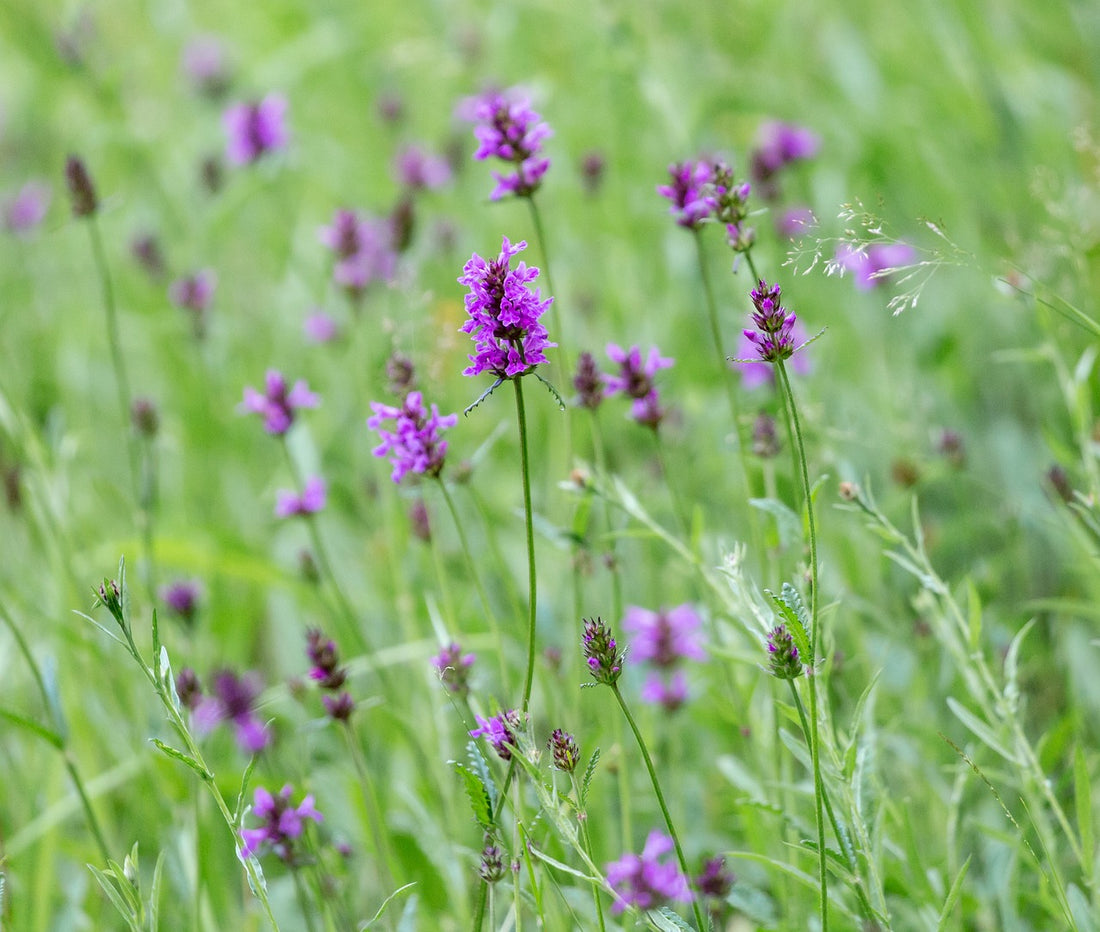
Planting Betony: A Guide to Growing This Medicinal and Ornamental Herb in Your Garden
Betony (Stachys officinalis) is a versatile wildflower known for its medicinal properties and attractive appearance. This guide will help you successfully plant and care for Betony in your garden.
What is Betony?
Betony is a perennial herb native to Europe, valued for its spikes of purple flowers and its historical use in herbal medicine. Often found in meadows, woodlands, and along hedgerows, it makes a wonderful addition to both medicinal and ornamental gardens.
Benefits of Growing Betony
Growing Betony offers numerous benefits. It is known for its calming properties and has been used traditionally to treat headaches and digestive issues. Additionally, its vibrant flowers attract pollinators like bees and butterflies, enhancing the biodiversity of your garden.
Best Time to Plant Betony
The optimal time to plant Betony seeds is in the spring or early autumn. Planting in these seasons allows the seeds to establish themselves either before the summer heat or before the winter cold.
Choosing the Right Location for Betony
Betony thrives in full sun to partial shade. It prefers well-drained soil but can tolerate a range of soil types, including sandy and clay soils. Choose a location that receives at least a few hours of sunlight each day to ensure healthy growth.
Preparing the Soil for Betony
1. Soil Preparation: Clear the planting area of weeds and debris. Loosen the soil to a depth of about 20 cm (8 inches) and incorporate organic matter or compost to improve soil fertility and drainage.
2. Soil pH: Betony grows well in slightly acidic to neutral soil, with a pH range of 6.0 to 7.0.
How to Sow Betony Seeds
1. Sowing Seeds: Scatter the Betony seeds evenly over the soil surface. Lightly press them into the soil or cover them with a thin layer of compost. The seeds need light to germinate, so avoid burying them too deeply.
2. Watering: Keep the soil consistently moist until the seeds germinate, which usually takes 2-3 weeks. Once the seedlings are established, water them regularly, especially during dry periods.
Caring for Betony Plants
Betony is relatively low-maintenance. Regular weeding and occasional watering will help the plants thrive. Mulching around the base can help retain soil moisture and suppress weeds.
Common Pests and Diseases
Betony is generally resistant to pests and diseases. However, watch for aphids and powdery mildew. Good air circulation and proper garden hygiene can help prevent these issues.
Harvesting Betony
You can harvest Betony leaves and flowers when they are in full bloom. Harvest in the morning after the dew has evaporated for the best flavour and medicinal properties. The harvested parts can be dried and stored for later use.
Using Betony in Your Garden
Betony can be used in various ways in your garden. It makes an excellent addition to herb gardens, wildflower meadows, and borders. Its attractive flowers and foliage also make it a great choice for cottage gardens.
Companion Plants for Betony
Betony pairs well with other perennial herbs and wildflowers such as yarrow, oxeye daisy, and meadow crane’s-bill. These companions can create a vibrant and diverse garden that supports local wildlife.
Conclusion
Planting Betony is a rewarding experience, offering both medicinal benefits and aesthetic appeal. With its ease of care and versatility, Betony is an excellent addition to any garden. Follow these tips for successful planting and enjoy the many rewards this wonderful herb has to offer.

